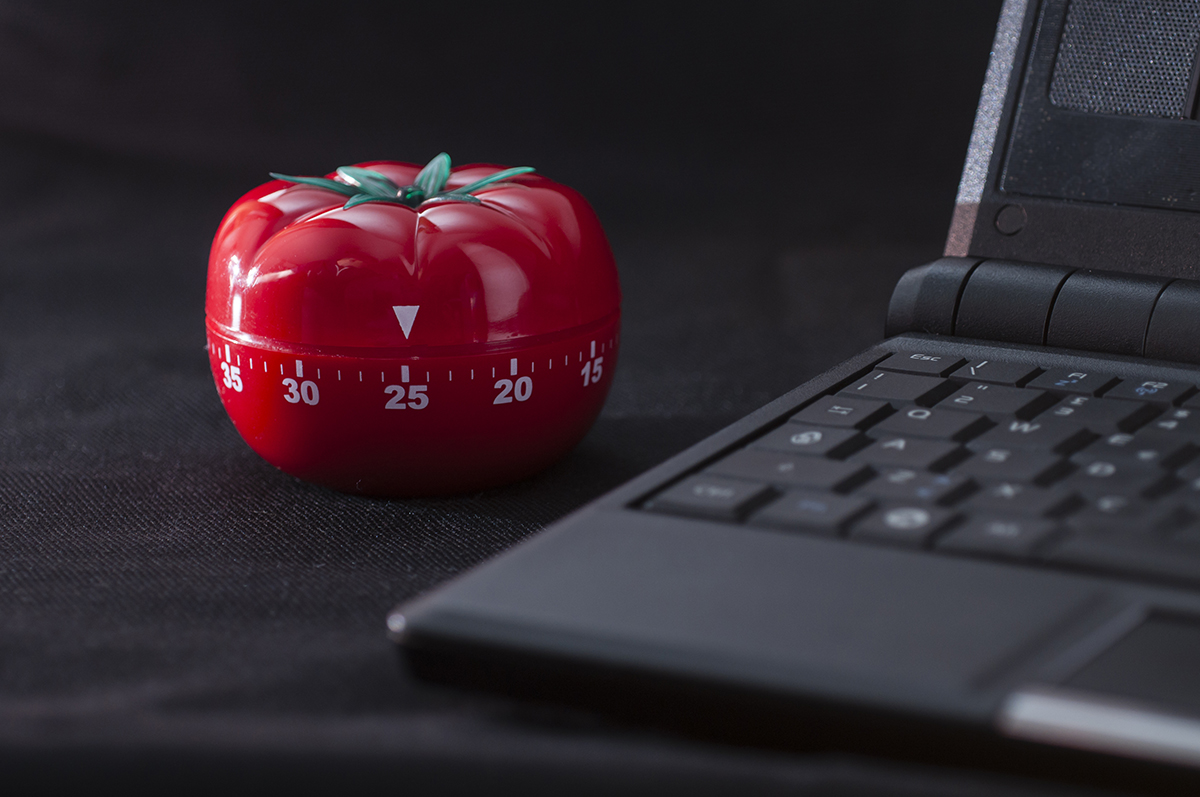How do busy people manage their time?

You, me, and everyone else in the world are given the same 24 hours in a day to get things done. As a student, the demands on your time can be huge. Between attending class, extracurriculars, getting ahead on content, and studying for that test tomorrow, it can seem like school is a never-ending cycle of having too much to do.
Often, students who involve themselves in everything at school – and seem to do well in everything! – aren’t necessarily the very smartest, or the most talented students. Of course, these things help, but it’s much more likely that they’re well versed in how to manage their time.
One of the key skills all busy students should develop is the art of getting things done quickly. The most effective students have a toolbox full of techniques to help them make the best use of their time.

Among the most effective techniques in these toolboxes is what’s known as the Pomodoro Technique.
What’s the Pomodoro Technique?
The Pomodoro Technique is designed to be simple. It was developed by Italian university student Francesco Cirillo in the 1980’s, and has five main steps:
1. Choose a task to be done.
2. Set a timer for 25 minutes.
3. Work on the task until the timer rings. No interruptions!
4. After 25 minutes, take a 5 minute break.
5. Repeat steps 2-4 another three times.
That’s it! In just two hours, you’ll get more done than some people can manage in an entire day. If you’re organising your entire day like this, it’s usually recommended that you take a longer (15-30 minute) break, and then repeat the whole process again. Of course, you might just find that you run out of work to do…
Each 25 minute block of work is known as a pomodoro, which is the Italian word for tomato. Why’s that? Well, Francesco Cirillo used a kitchen timer that looked like a tomato for his work, and obviously the name stuck!

Why is it so effective?
One of the reasons the Pomodoro Technique is so effective is because it forces us to think short-term. For busy people, the enemy of getting things done is having too much time to do them. In the 1950’s, British author Cyril Northcote Parkinson made an observation which has since become known as Parkinson’s Law:
Work expands to fill the time we give it.
You might have noticed this when you give yourself all day to finish a simple task, like writing a letter, doing your washing, or doing some maths homework. Our natural inclination is to procrastinate this work, and the end result is that we waste most of the day simply thinking about the task, as well as getting distracted with other things.
The beauty of the Pomodoro Technique, then, is that it gives us a definitive amount of time to get things done. For simpler tasks, you might want to give yourself a single pomodoro – 25 minutes – to complete it. For more complex ones, you might want to spread it over a set of four pomodori, with smaller milestones to complete every 25 minutes.
One of the other reasons it works so well is that studies have shown most people’s ability to concentrate drops off sharply after around 20-25 minutes. You might have noticed this yourself: many people first start to look at the clock more frequently around 25 minutes after a class begins.
The Pomodoro Technique understands the fact that we’re only human, and can’t concentrate without breaks for long periods of time. It catches you just as you’re about to start gazing out the window, and gives you the chance to get a drink of water, reply to a message, or simply rest your mind for five minutes.
It works for everyone!
No matter whether you’re in primary school or high school (or a university student, or working full time, or anything else…) the Pomodoro technique is one of the simplest ways you can structure your day to make sure you get everything done. All you need is a timer, and a little bit of willpower!
At EduExperts, we pride ourselves on helping our students find the best study strategies, so they learn to work smarter, not just harder. Want to know more? Get in touch with your local centre today!









